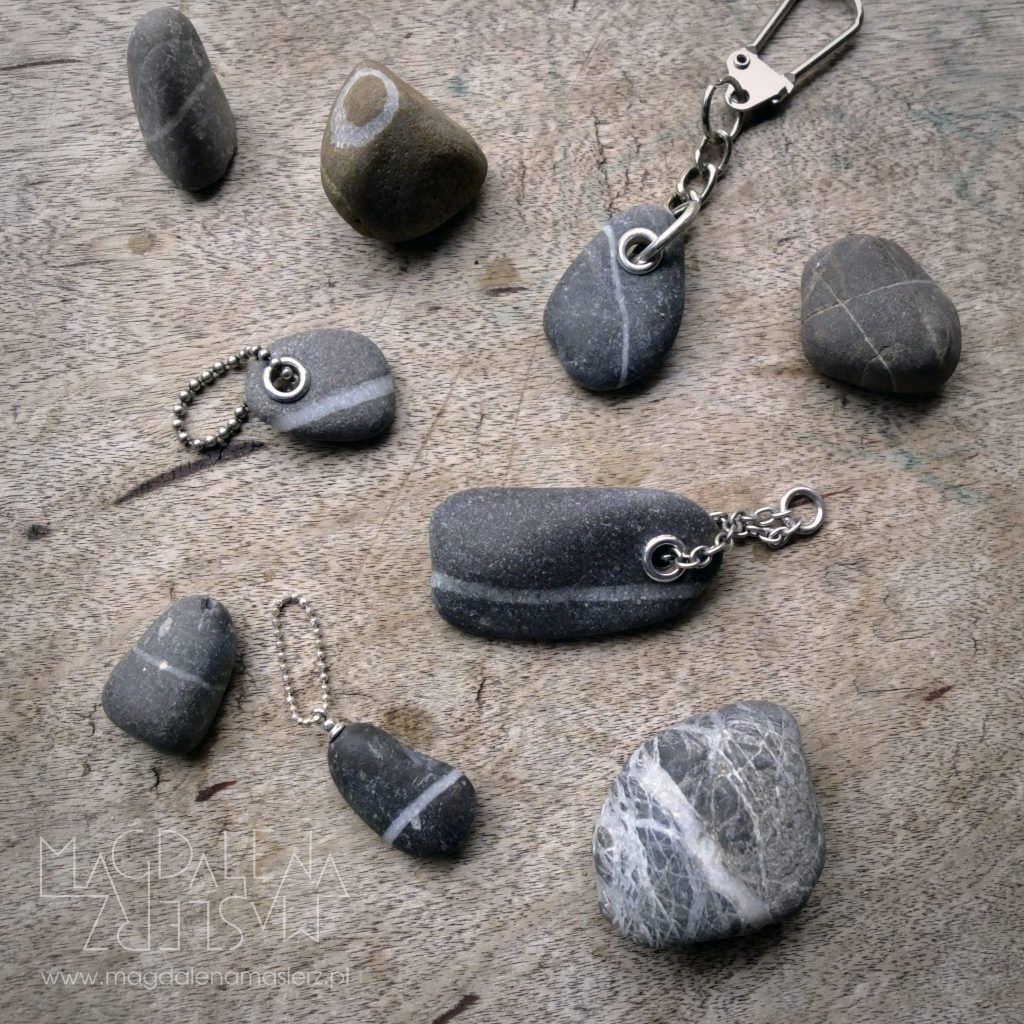

In 1929, after his first trip to Asia, Roerich and several associates formally drafted a treaty that they hoped would gain worldwide acceptance. Why it was given to him has also been questioned, although there is no denying that he had powerful political allies. Some say he received it from the League of Nations after it failed to establish a peaceful, new world order. Song of Shambala by Nicholas Roerich, 1931 ( Public Domain )
#THE WISHING STONE CODE#

Nicholas Roerich was a Russian artist, philosopher, and an occultist. The Well-Funded and Supported Quest Nicholas Roerich Nicholas Roerich claimed Shambhala was real and set out to find it. They believe a king will emerge from this place to bring forth the Golden Age. The Emerald Tablet which contained the alchemical instructions for transmutation, associated with the creation of Philosopher’s Stone, is thought to be made of moldavite.īuddhists believe that the stone came into the custody of the enlightened and was taken to Shambhala, a legendary kingdom said to lie in Asia, north of the Himalayas.

Moldavite is considered by some to enhance psychic and healing energies. Statue of the Naga King, Buddhist temple, Thailand ( MrPreecha / Adobe Stock)Īlthough there is no solid proof of its existence, the Cintamani is thought to consist of moldavite, a glass created when a large meteor crashed in the Czech Republic, 15 million years ago. The Cintamani in these legends are again wish-fulfilling gems that represents the enlightened mind in which all dreams are accomplished. In Hindu tradition it is connected with the gods Vishnu and Ganesha or portrayed as a beautiful jewel in the possession of the Nāga king. It fell to the earth during a mighty battle, allowing whoever possessed it to have their wishes granted. In Vedic legends, the original owner of the jewel was the god Indra.

Numerous depictions of deities from various religions show them holding the Cintamani, indicating their ability to fulfill the wishes of sentient beings. These jewels have the ability to eliminate poverty and suffering. In Tibetan Buddhist tradition, the Cintamani is sometimes depicted as a luminous pearl in the possession of the Buddha. In Mahayana Buddhism lore, the Cintamani is held by those who are on the path towards Buddhahood and Buddhist monks. Later texts describe the Mani Jewels differently and the Cintamani emerged as the wish-fulfilling jewel, said to be one of four relics that fell from the sky when King Lha Thothori Nyantsen ruled Tibet. Each jewel reflects every other jewel in the same way that individual beings are interconnected and indistinguishable from the whole. Each knot contains a Mani Jewel with an endless number of facets. It describes a net of immeasurable size with infinite knots. A third depiction of the jewel is in the tale of Indra's net. This metaphor encouraged faith when overcome by doubts. It also appears in stories as a water-purifying crystal which could be placed in murky water by traveling monks. The jewel first appeared as one of the seven treasures owned by a king who was benevolent, just, and the ideal ruler. The Mani Jewels refer to various gems mentioned in Buddhist literature as either actual mythical relics, or as metaphors for Buddhist philosophy. Others claimed it is the original holy grail or one of several Mani Jewels.Īs the story goes, as an instrument of the divine the stone has driven human progress and intended to guide humanity in the right direction. The legends possibly originated in Hindu and Buddhist traditions, although it is thought to be the equivalent of the philosopher's stone in Western alchemy. The Cintamani Stone, or Chintamani, long sought by treasure hunters, has captured the imagination of man through the ages as tales of this wish-fulfilling jewel have spread around the world.


 0 kommentar(er)
0 kommentar(er)
